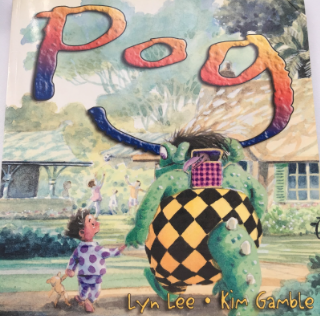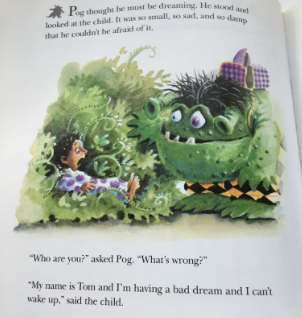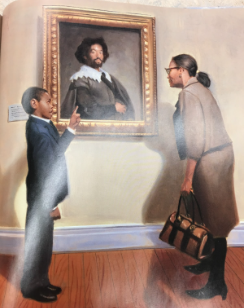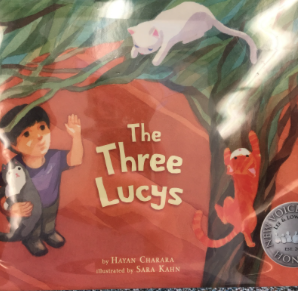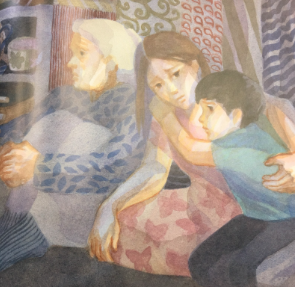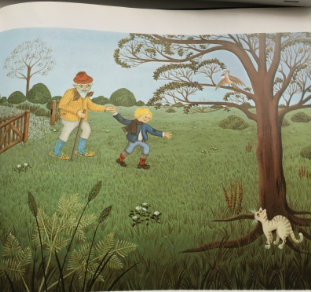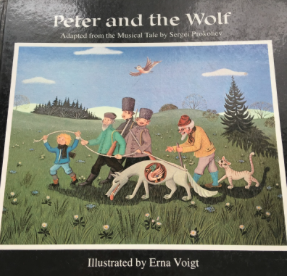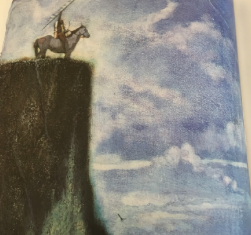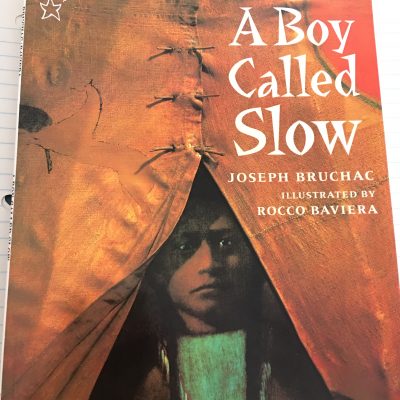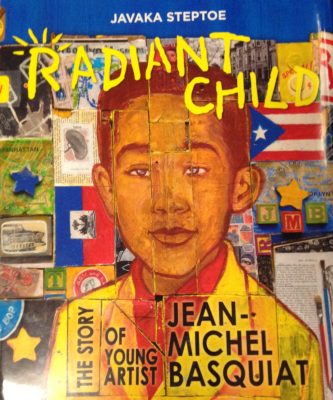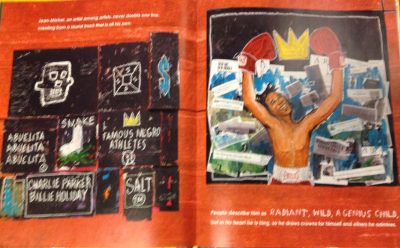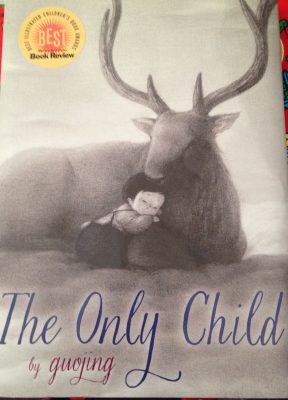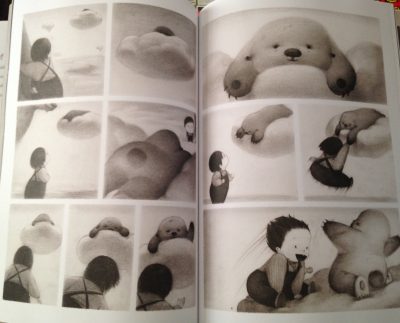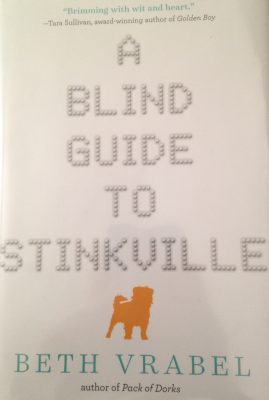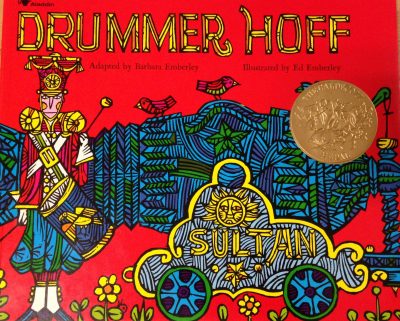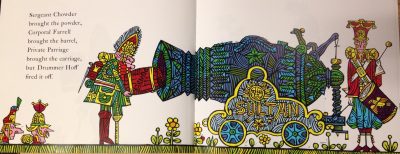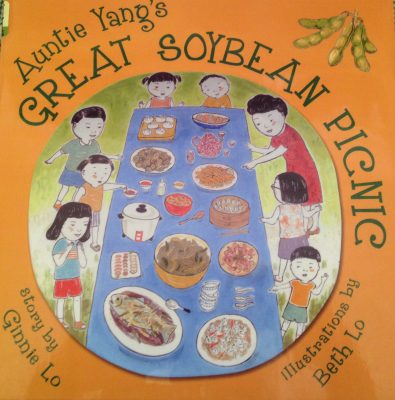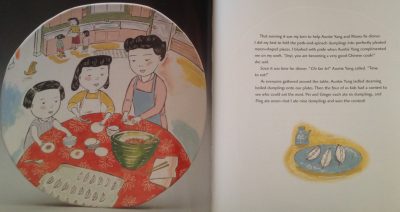Title: Pog
Author: Lyn Lee
Illustrator: Kim Gamble
Publisher: Omnibus Books, 2000
Number of pages: 29
Tags: Emotion, Fantasy, Fiction, Picture Book, Grace Sheley
Genre: Fiction
This tale of a young monster named Pog focuses on facing fears head-on and making friends along the way. Pog has a busy family and one morning his mother instructs Pog to walk to school with his big brutish brother, Vandal. Vandal teases Pog and jokes that humans are probably waiting in the bushes along their path to school, eager to grab little monsters and kidnap them in sacks. Pog tries to put on a brave face, but his fears come true when in the bushes he and his brother stumble across a human child. Vandal darts away in fear, but Pog’s curiosity is piqued and he asks the young boy what his name is. Tom, the young boy, is unable to leave the monster world because he is stuck in a dream, so Pog decides to bring Tom home, hide in the closet, and dream Tom back home.
The text of this story is childlike and approachable. On more than one occasion, Pog bravely declares, “I am six and a half feet tall and older than I have ever been,” his ongoing mantra that any child could repeat (besides the height) in order to face their fears. The story is very reminiscent of the movie Monsters, Inc. in which a child is the source of fear for the monsters; this classic flip flop of a common childhood fear can make the fear of monsters less prevalent for young children, and the personification and humanization of these monsters in the story make them less scary and more identifiable. What’s most beneficial about this book is Pog’s kindness and sympathy for others in his own time of fear. While he could have run away and remained ignorant like his brother, Vandal, he instead chose to stifle any preconceived notions of children and help the boy in any way he could. While it may be problematic that the father is the one who gets to leave the house to do work while the mother is a stay-at-home monster, it is balanced by all of the tools she is illustrated wearing. She is clearly able to handle any and all problems that could arise.
The illustrations use monstrous colors in tones of green, purple, and black, but they do so in a way that pops and draws the eye. Each page has a lot of white space so that the illustrations themselves are, in a sense, framed like a story. These act as a window into the monsters’ secret world that humans are allowed a peek into. One page uses the picturebook code of movement in sequence: on the left page we see Pog nervous that children might be hiding in his room, then we see him checking under the bed, in the toybox, moving to the right page looking behind the door, and finally in the closet.
